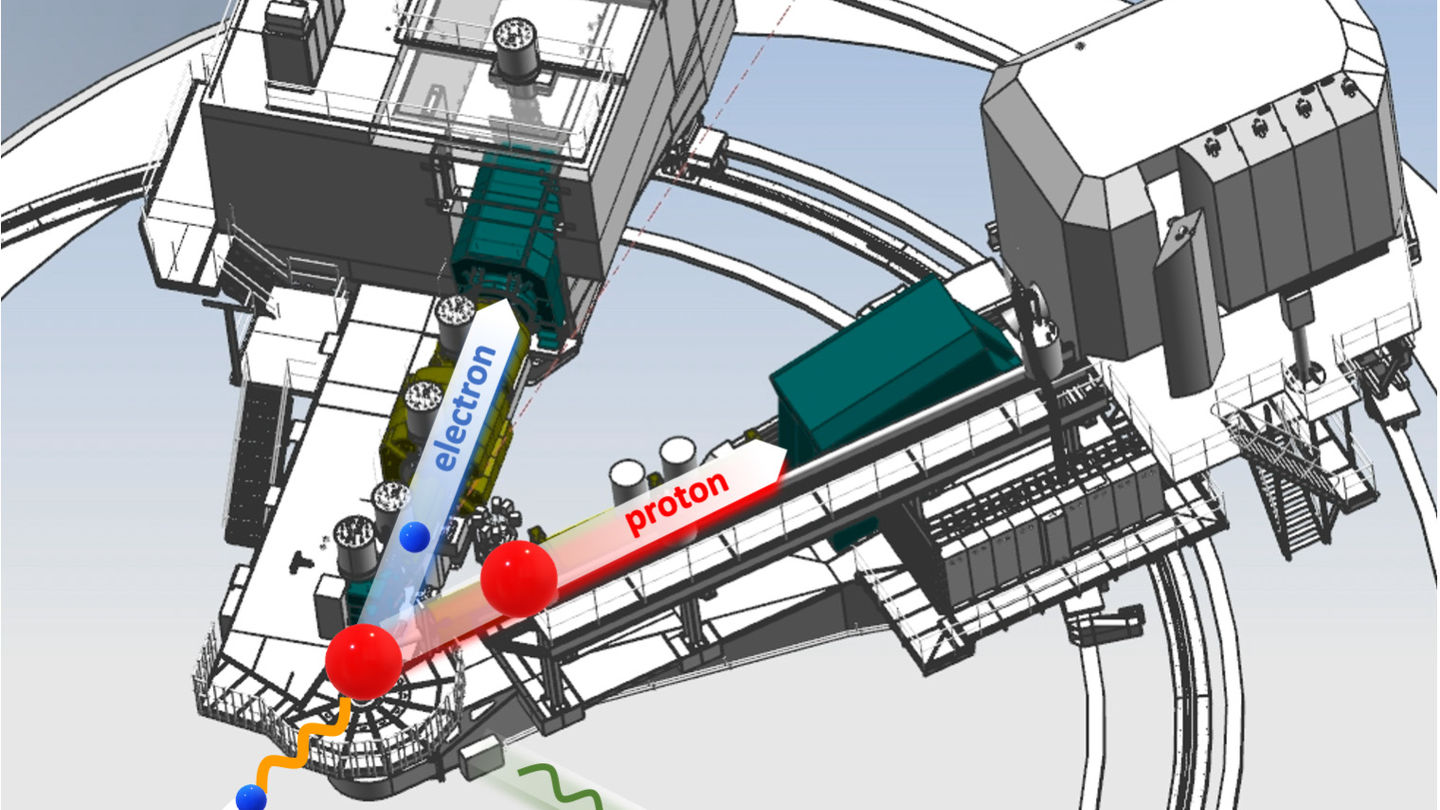
A Temple-led consortium of 46 U.S. and international physicists from 18 different universities and national laboratories has identified an anomaly that establishes a new, important puzzle for nuclear physics.
“We were able to measure, with unprecedented precision, the electric generalized polarizability (EGP) of protons,” says Nikos Sparveris, the principal investigator and spokesperson for the Virtual Compton Scattering (VCS) collaboration who is an associate professor of physics at Temple University. “It is a fundamental property of the system that characterizes the susceptibility to deformation, or ’stretchability’, of the proton in the presence of an external electric field”.
The findings, Sparveris says, are significant not only for physics but for science in general because proton is the only composite building block of matter comprised of fundamental particles that is stable in nature.
Titled “Measured proton electromagnetic structure deviates from theoretical predictions,” the research began seven years ago with experiments that involved scattering of an electron beam from a liquid-hydrogen nuclear target at the Thomas Jefferson National Accelerator Facility (Jefferson Lab). The resulting data was analyzed over the past three years. The paper was published on October 19 in Nature, one of the world’s most cited, most read and most prestigious academic journals.
According to the paper’s referee reports, this is a novel and important experimental result that should be of wide interest to the scientific community, establishing a ‘proton EGP puzzle’ that should generate significant efforts to understand and explain the puzzle.
The research built upon similar results obtained 22 years ago at the MAMI Microtron in Germany, where Sparveris has also conducted accelerator experiments. “The MAMI measurements indicated an outlier, but due to their large uncertainty it was unclear at the time whether the results were real or if the measurements were problematic,” he says.
The group’s latest research introduced new features in the experimental methodology and confirmed the puzzling behavior of this property much more accurately. Next year, the research group will propose a second-phase of experimental measurements at Jefferson Lab to further refine their results.
Besides Sparveris, principal investigator, Temple researchers included lead author Ruonan Li, who defended her PhD dissertation based on this research a few weeks ago; Hamza Atac, Temple research professor and three additional members of the Temple nuclear physics group. The consortium also included researchers from the Jefferson Lab, the Argonne National Laboratory and the Artem Alikhanian National Laboratory in Armenia; 11 other U.S. colleges and universities; and universities in Canada, India and Italy.
